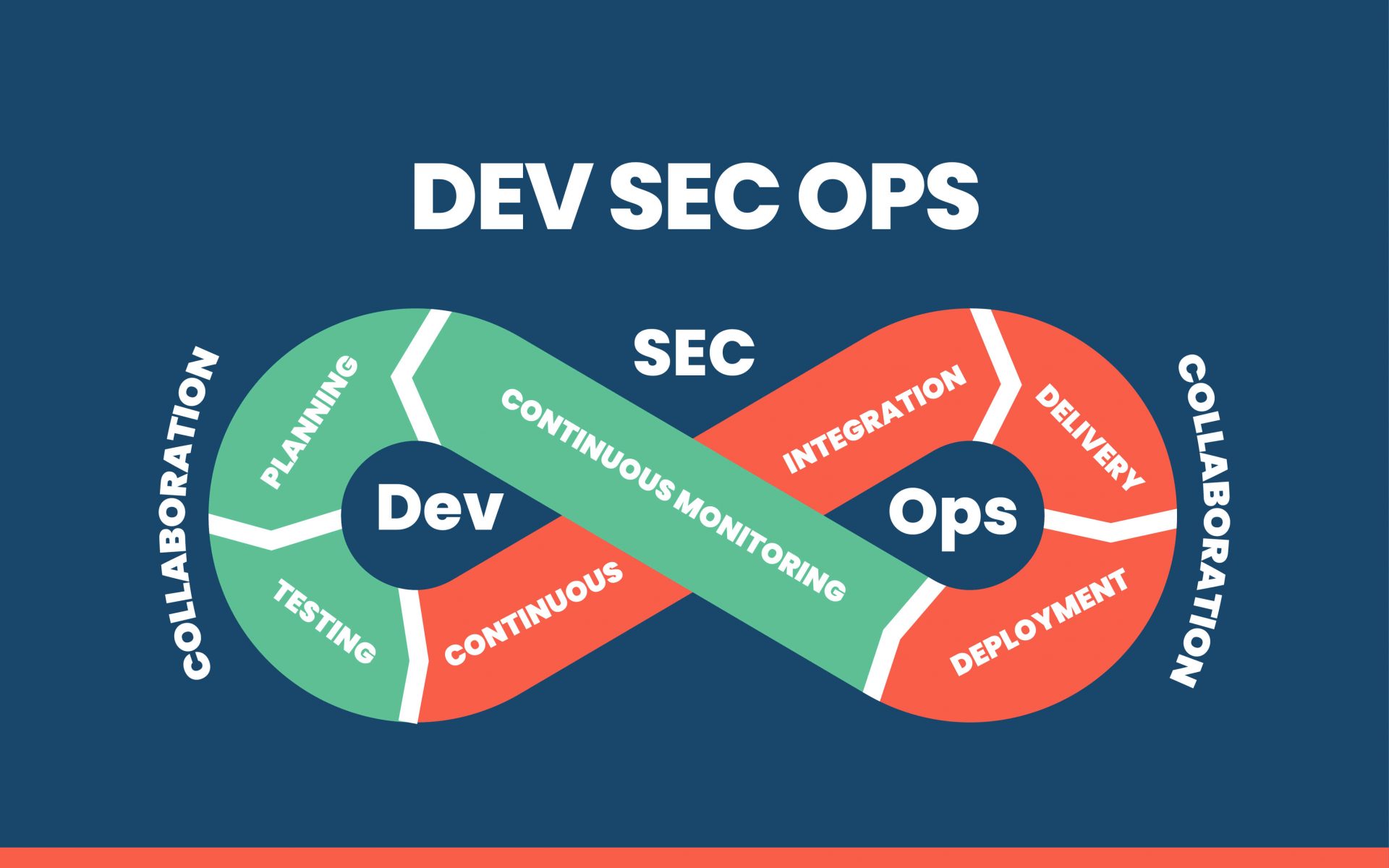Blogs
To know about all things Digitisation and Innovation read our blogs here.
Logistics Management
Best Practices for Logistics Management
SID Global Solutions
2 February 2023

An Introduction to Logistics Management
Logistics management is an essential part of any business. It is the process of planning, organizing, and executing the efficient movement of goods, services, and information from origin to destination. The purpose of logistics management is to ensure that the right product is delivered at the right place, at the right time, and at the right cost.
Good logistics management is essential to the success of any business. It requires careful planning and execution to ensure that all the pieces of the puzzle fit together.
Best Practices for Logistics Management
To ensure that you are taking the right steps for your business, here are some of the best practices for logistics management:
- Understand Your Supply Chain: The first step in effective logistics management is to understand your supply chain. This includes the sources of your raw materials, the production processes, the delivery and storage of goods, and the customers you serve. Understanding your supply chain will help you identify potential problems before they occur.
- Create a Logistics Strategy: Developing a strategy for your logistics management will help you stay organized and ensure that you are meeting all of your customer’s needs. This strategy should include a detailed plan for each step of the process and should include the people, technology, and resources needed to make the process run smoothly.
- Utilize the Latest Technology: Technology has revolutionized the logistics industry. Take advantage of the latest technology to ensure that goods are delivered accurately and on time. Use tracking systems, automated systems, and electronic documents to streamline your logistics process.
- Monitor Performance: Monitoring performance will help you identify potential problems and areas of improvement. Utilize tools such as KPIs, digital dashboards, and customer surveys to identify areas of improvement.
- Establish Partnerships: Establishing partnerships with suppliers, vendors, and other businesses that are part of your supply chain will help you streamline your logistics process and reduce costs.
- Develop a Risk Management Plan: Risk management is an important part of any logistics management strategy. Developing a risk management plan will help you identify potential risks, evaluate their impact, and develop strategies to mitigate them.
- Invest in Training: Make sure that your staff is adequately trained in logistics management. Investing in training for your employees will ensure that they understand the processes and can respond quickly to any changes in the supply chain.
Conclusion
By following these best practices for logistics management, you will ensure that your business is running smoothly, efficiently, and safely. Utilizing the latest technology, understanding your supply chain, and investing in training will help you maximize efficiency and keep your customers happy.









